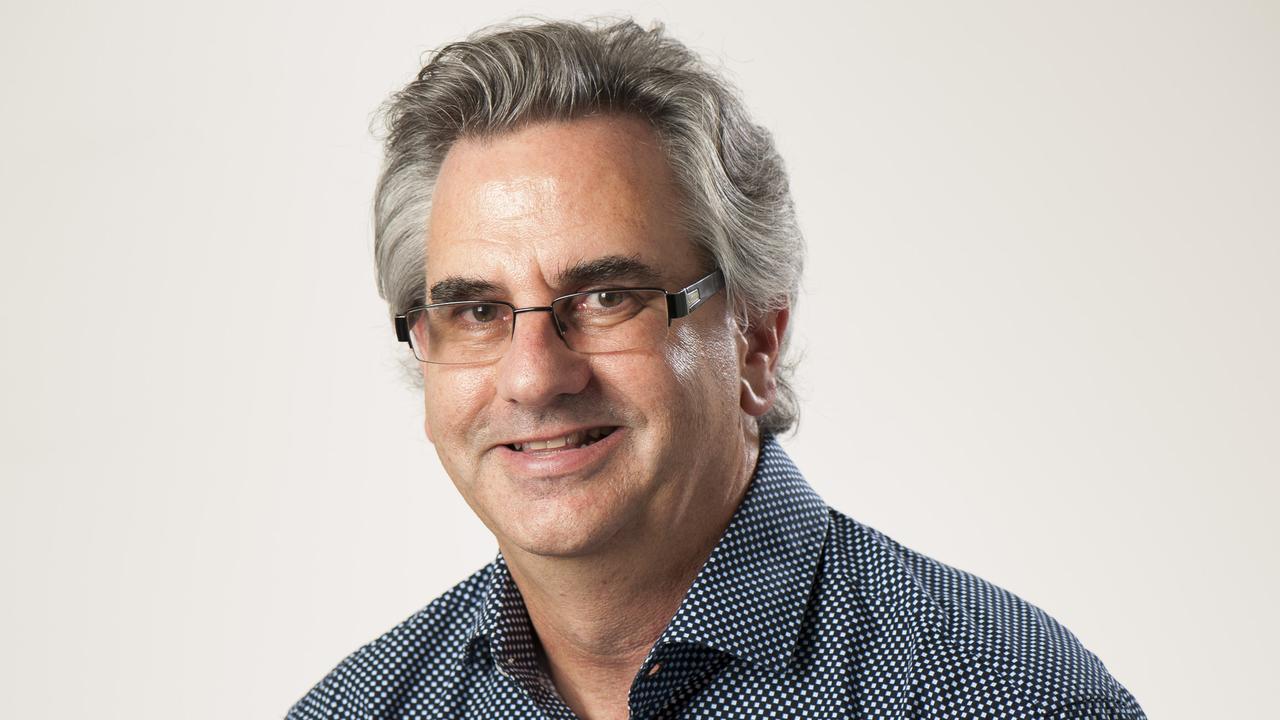Let’s start thinking about real solutions
What is Universities Australia thinking? The peak body is vehement in its opposition to an integrated funding scheme.
What is Universities Australia thinking? The peak body, which represents the 39 comprehensive universities, is vehement in its opposition to an integrated funding scheme for all of tertiary education, which would include both higher education and vocational education.
Seen from the narrow point of view of self-interest, it’s not hard to understand why. The group knows vocational education has been starved of funds (mainly by state governments) and any attempt to right this could mean universities lose some of their funding.
But viewed more widely, from the perspective of broad public policy, UA’s hardline stance is difficult to defend in principle and is likely to be increasingly hard to defend in practice.
Its latest defence of the status quo has been launched in response to last week’s KPMG report from the firm’s lead education partner, Stephen Parker, a former vice-chancellor of the University of Canberra; former ministerial adviser and university executive Andrew Dempster; and former education bureaucrat Mark Warburton.
Among other things, the report proposes that the funding systems for higher education and vocational education should be integrated to help redress imbalances. The authors say more needs to be spent to ensure universities are not disadvantaged.
They propose it as a solution to a problem that has long been obvious. Ten years ago the seminal Bradley report recommended that “the Australian government negotiate with the states and territories to introduce a tertiary entitlement funding model across higher education and vocational education and training”.
Because Bradley’s advice was not taken then, we now have a funding crisis due to a dysfunctional system in which the states are primarily responsible for vocational education and have withdrawn support.
KPMG is but the latest of many to point out the problem and propose an integrated funding model, with co-operation between the federal and state levels of government, as a solution.
Support for such an approach is gathering strength. If Labor wins the next federal election it has promised a tertiary education review that will put higher education and vocational education on equal footing.
So what does UA believe is to be gained by standing against the tide? It decries what has happened to vocational education with its parlous state of funding but wants to stand back from a solution.
This is difficult to understand. The two sectors are moving closely together and the distinction between them is becoming more and more arbitrary.
For example, right now there is a huge focus on experiential learning in universities, which recognises that putting knowledge into practice is a very effective teacher. This approach has a strong resemblance to what occurs in vocational education.
Many degrees that have long been offered in universities are largely vocational in nature. Consider nursing and many allied health courses, as well as tourism and hospitality, and many business degrees.
In fact the two sectors are best thought of as two regions (with blurred boundaries) in a spectrum of tertiary education rather than two distinct entities.
Instead of circling the wagons and defending an education model that is so 20th century, UA would be better served by entering real discussion about the policies needed to ensure the best possible tertiary education system for the 21st.
tdodd@theaustralian.com.au
@TimDoddEDU



